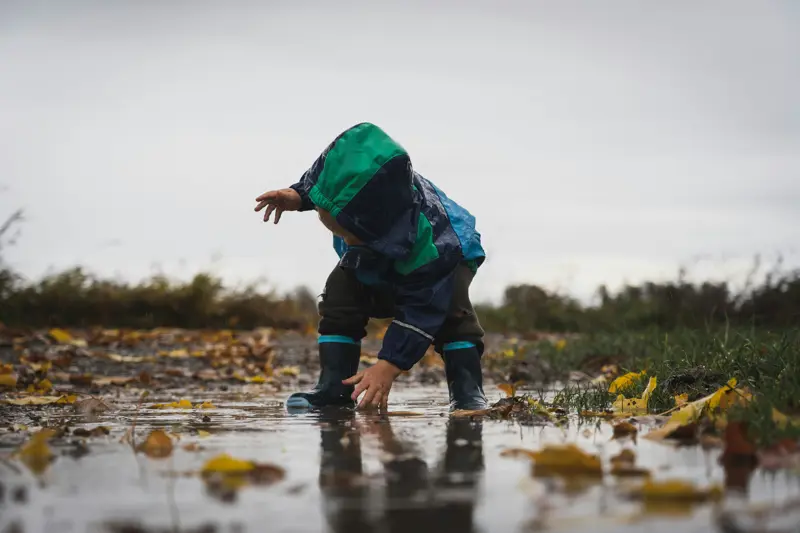Starter Strategies
When visiting the outdoors, take time to wonder about the world around you. Stay curious and allow kids to "just be." Try some of the following strategies:
- Encourage children to ask questions.
- Explore and find answers together.
- Give children time and space to explore.
- Accept that explorations can be messy. Be ready for mud!
- Learn from mistakes together.
- Invite curiosity.
- Support further exploration.
- Encourage children to record their observations.
- Make good use of electronic devices (like you are now).
- Use items you have at home to experiment and explore.
These strategies come from the National Association for the Education of Young Children (NAEYC). Our thanks to Yi-Chin Lan for her summary of strategies on NAEYC's website.
More Strategies
- Try simple "yes or no" questions to start conversations.
- Do you see that bird/flower/tree?
- Use open-ended questions, especially those starting with Who, What, Where, When, Why, and How.
- What do you see?
- Where do forests grow?
- When have you heard that bird call before?
- Why are leaves green?
- How does a plant get water?
- Recall other experiences and places.
- What does this remind you of?
- Where else did we go on a hike together?
- When did you talk about this at school?
- To learn more, try questions without easy answers (also known as "juicy questions").
- It's okay to not know the answer. The goal is to ask questions together.
- This strategy helps families to share their knowledge.
- If you need more information, make a note to look up your question later. You are an important role model for finding out more.
